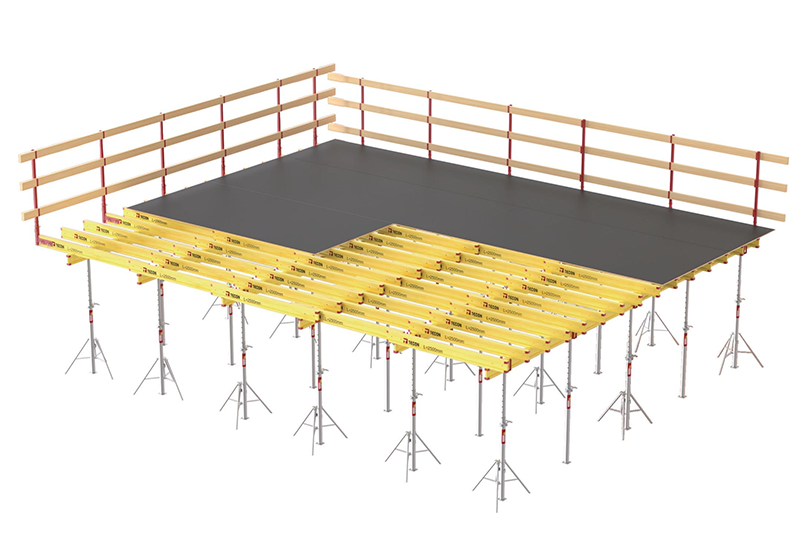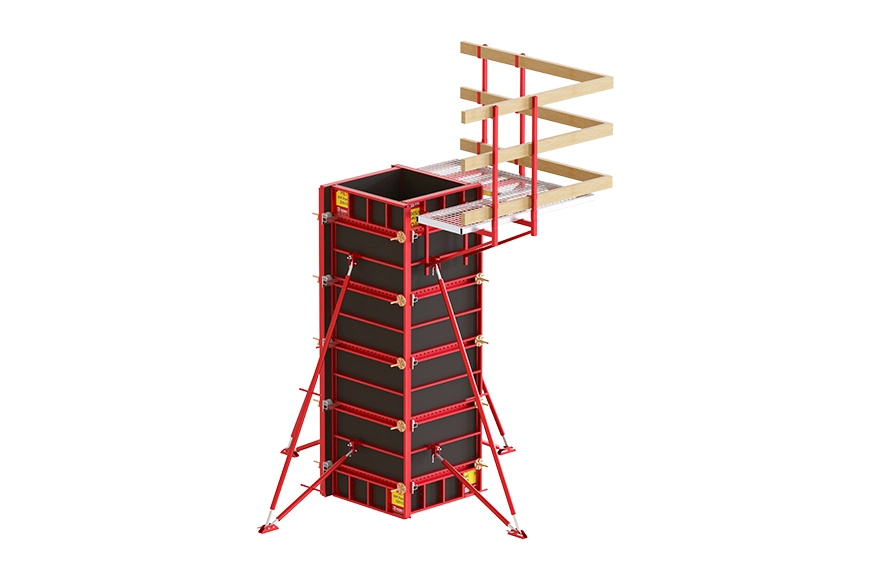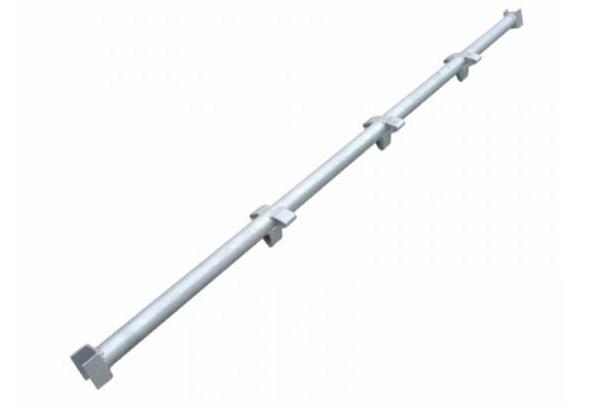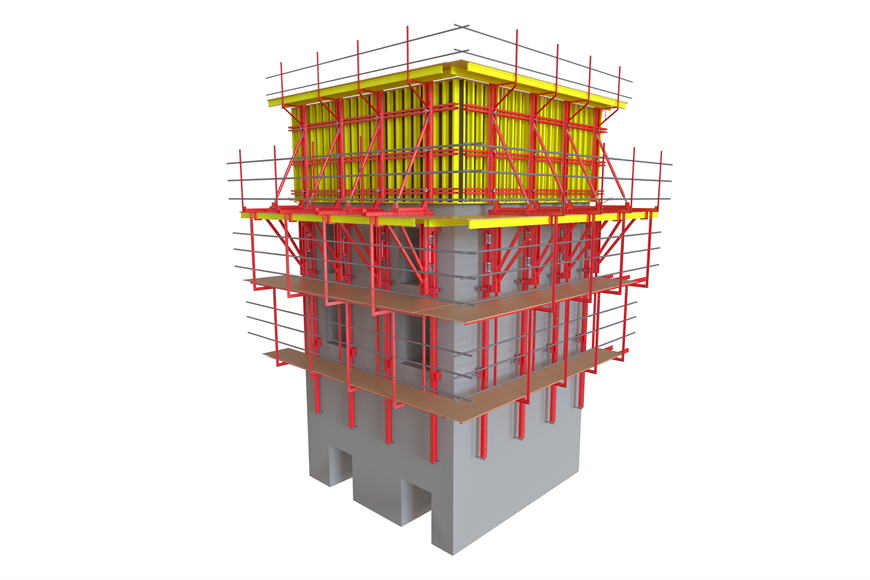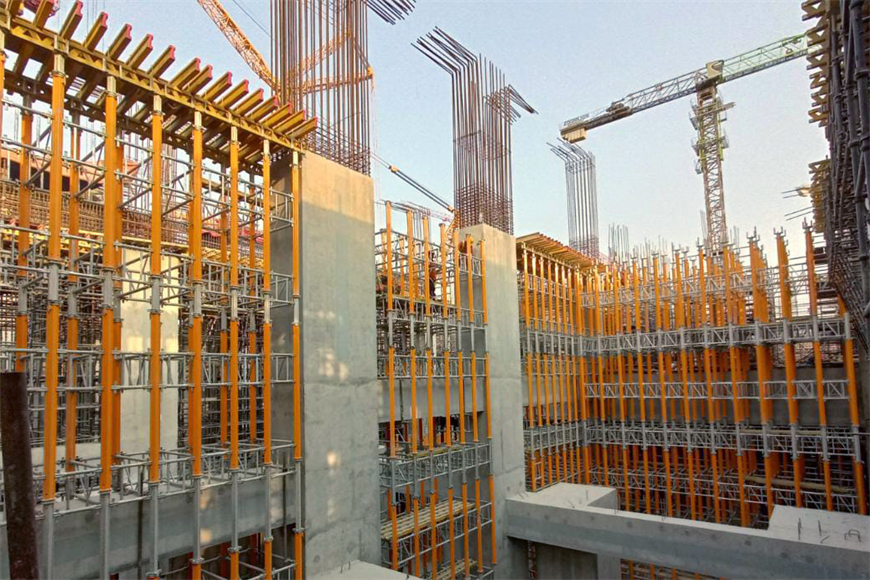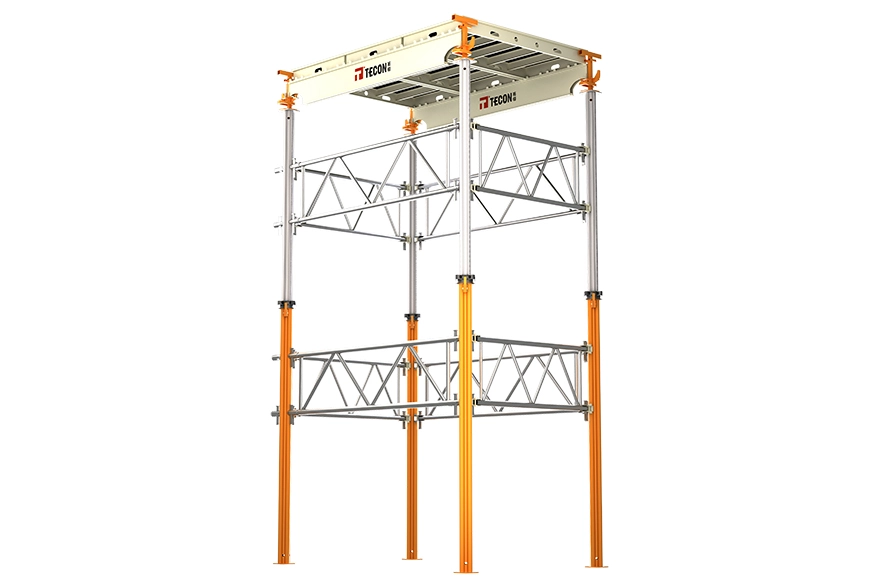In the early 1970s, China's building structure was mainly a brick structure, and the shuttering used in construction was mainly wooden formwork. Since the 1980s, with the promotion of the policy of replacing wood with steel, various new structural systems have emerged, reinforced concrete structures have increased rapidly, and steel formwork has become popular in construction. Since the 1990s, China's building structure system has developed greatly. With the large-scale infrastructure construction, the construction of expressway, railway, urban rail transit, high buildings, super high buildings and large-scale public buildings, new requirements have been put forward for formwork and scaffolding systems construction technology. In China, the pattern of combined steel formwork has been broken, and has gradually changed into a pattern of coexistence of various types of formwork systems, and the development speed of new formwork is very fast.
Wood formwork: the formwork made of wood. The common ones are poplar formwork and pine formwork. Its advantage is that the weight is relatively light, the price is relatively cheap, there is no limitation of modulus when using, and it can be processed according to the requirements. Its disadvantage is that the number of users is relatively small, there is a certain loss in the processing process, and the damage to resources is large.
Steel formwork: The formwork is made by pressing steel plate. It has the advantages of high strength and high turnover times. The disadvantages are heavy weight, inconvenience and high cost.
Plastic formwork: building formwork produced by the extrusion process of PE waste plastic, coal ash, calcium carbonate and other fillers. The advantages are a smooth surface, no moisture absorption, no mildew, acid and alkali resistance, not easy to crack, and its cost is much cheaper than metal formwork. The disadvantage is that the strength and stiffness are too small and the coefficient of thermal expansion is large.
Aluminum alloy formwork: a new generation of building formwork made of aluminum plates or profiles. It is suitable for various fields of reinforced concrete building structure due to its lightweight, high turnover times, high bearing capacity, wide application range, convenient construction and high recycling value.
